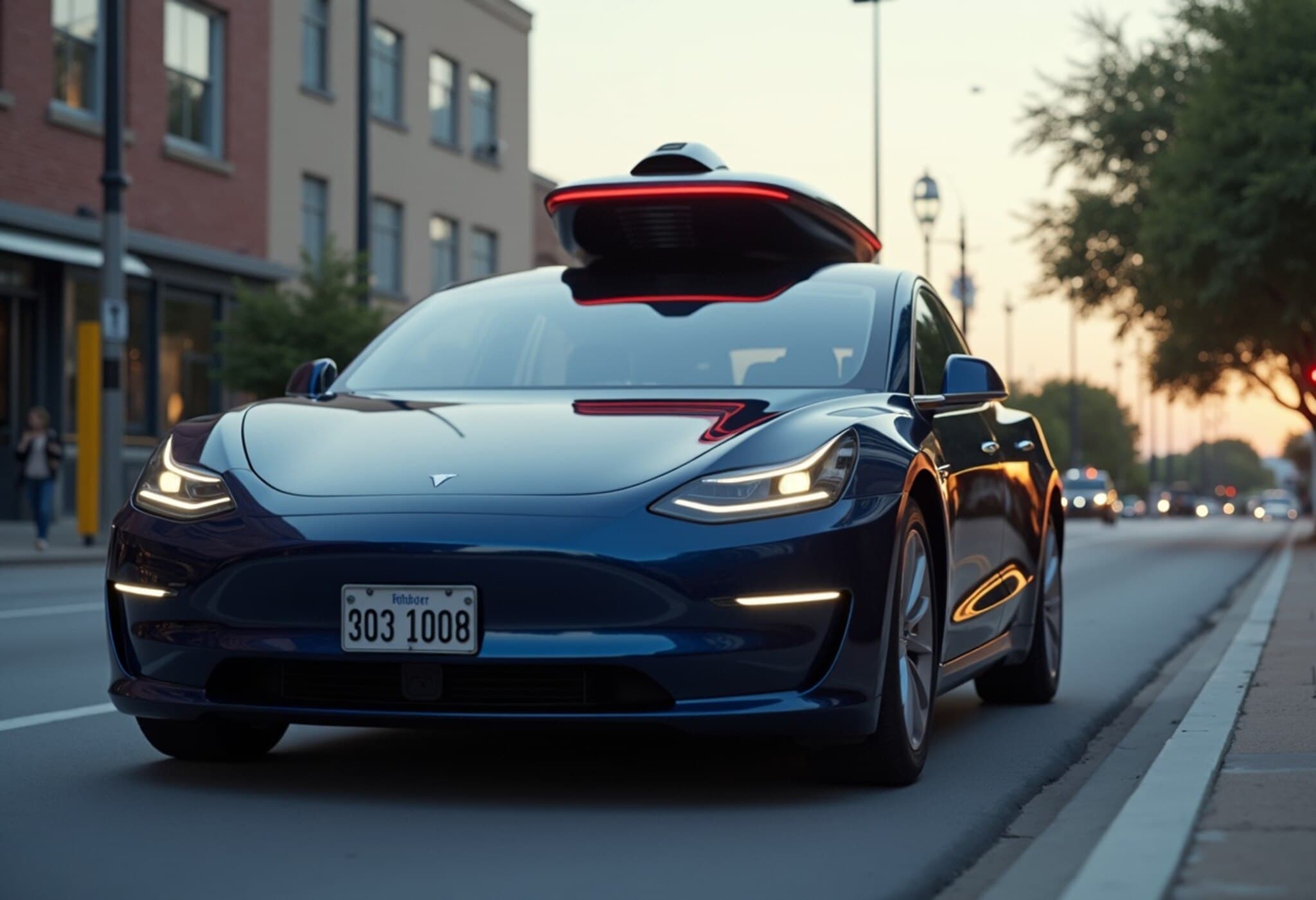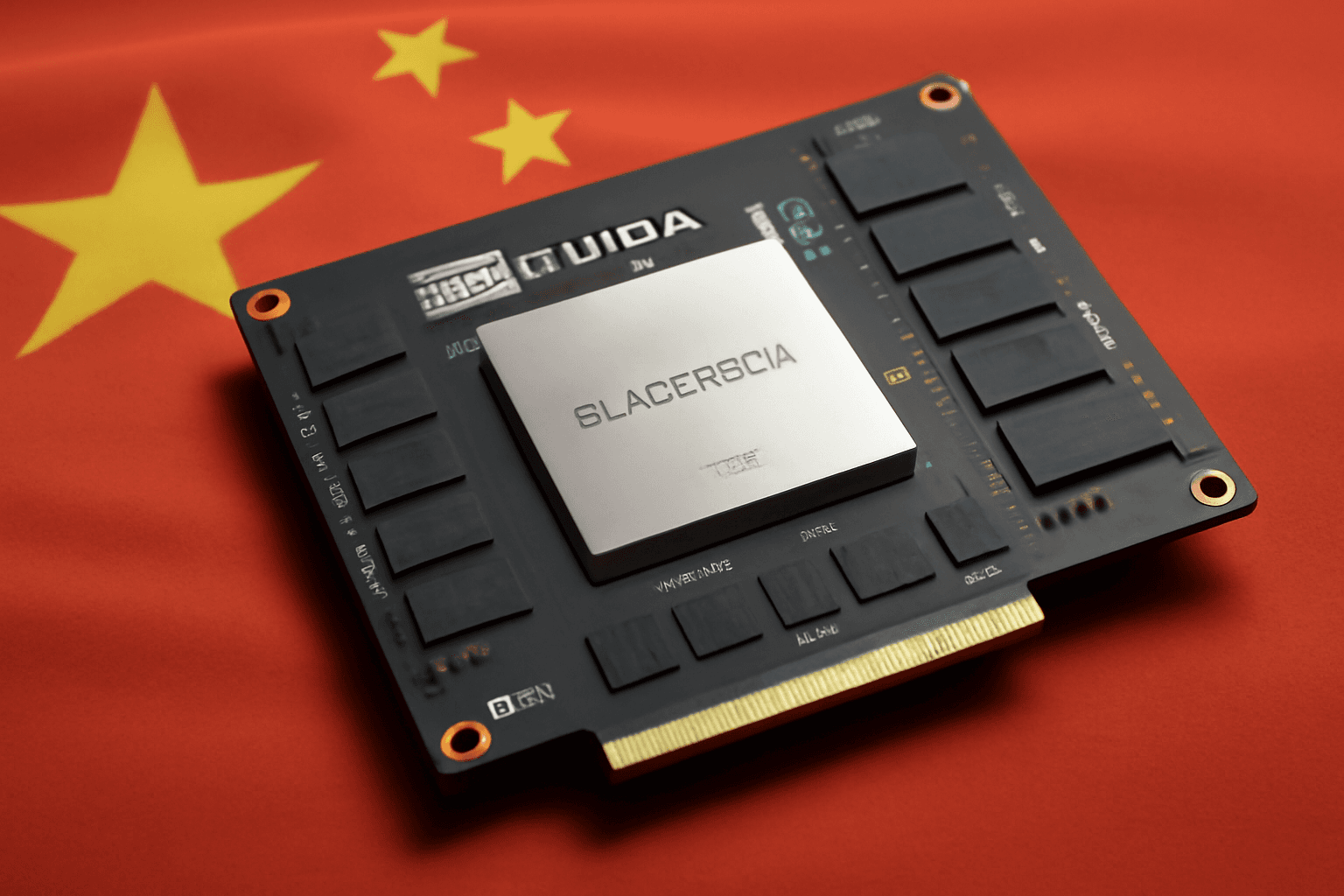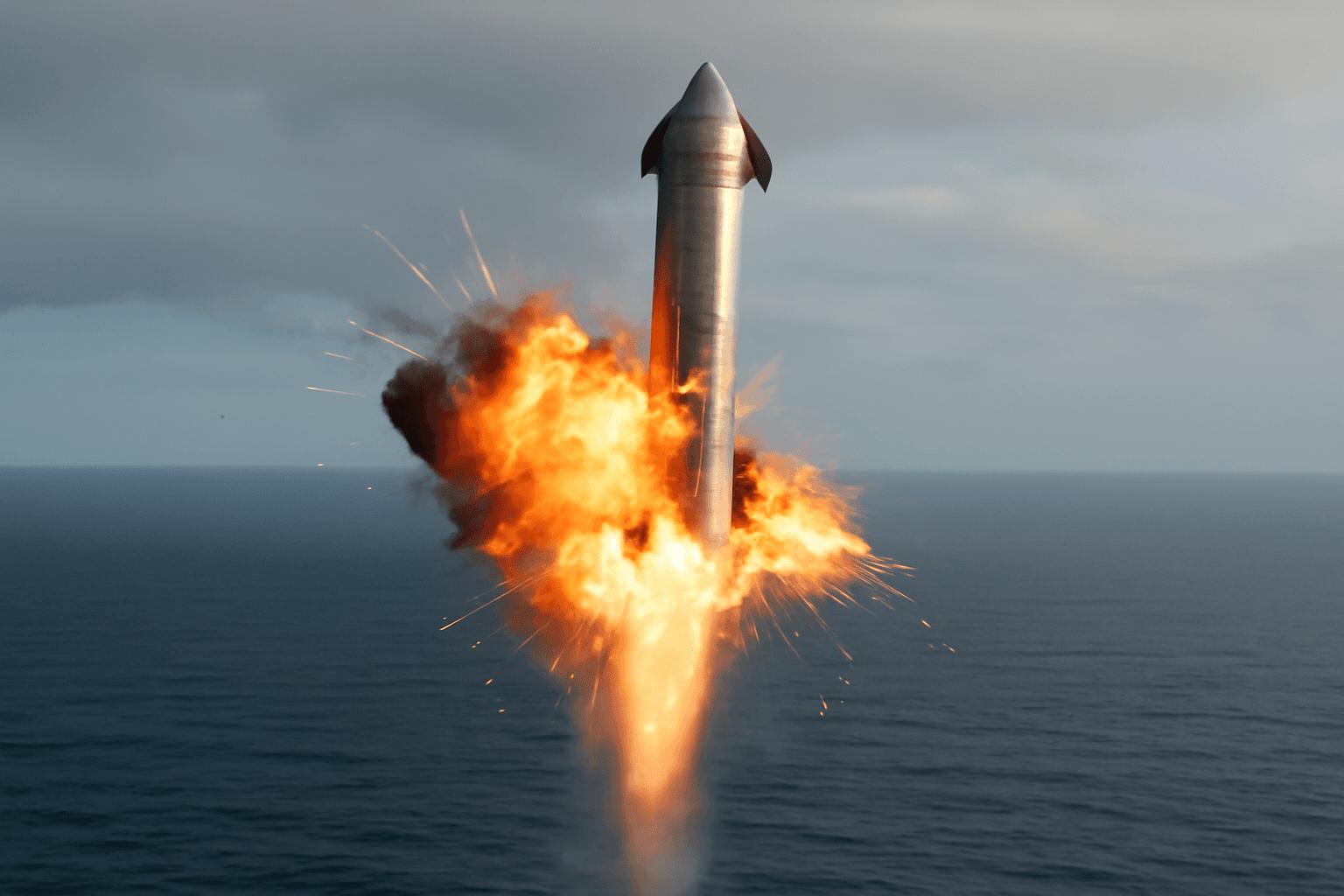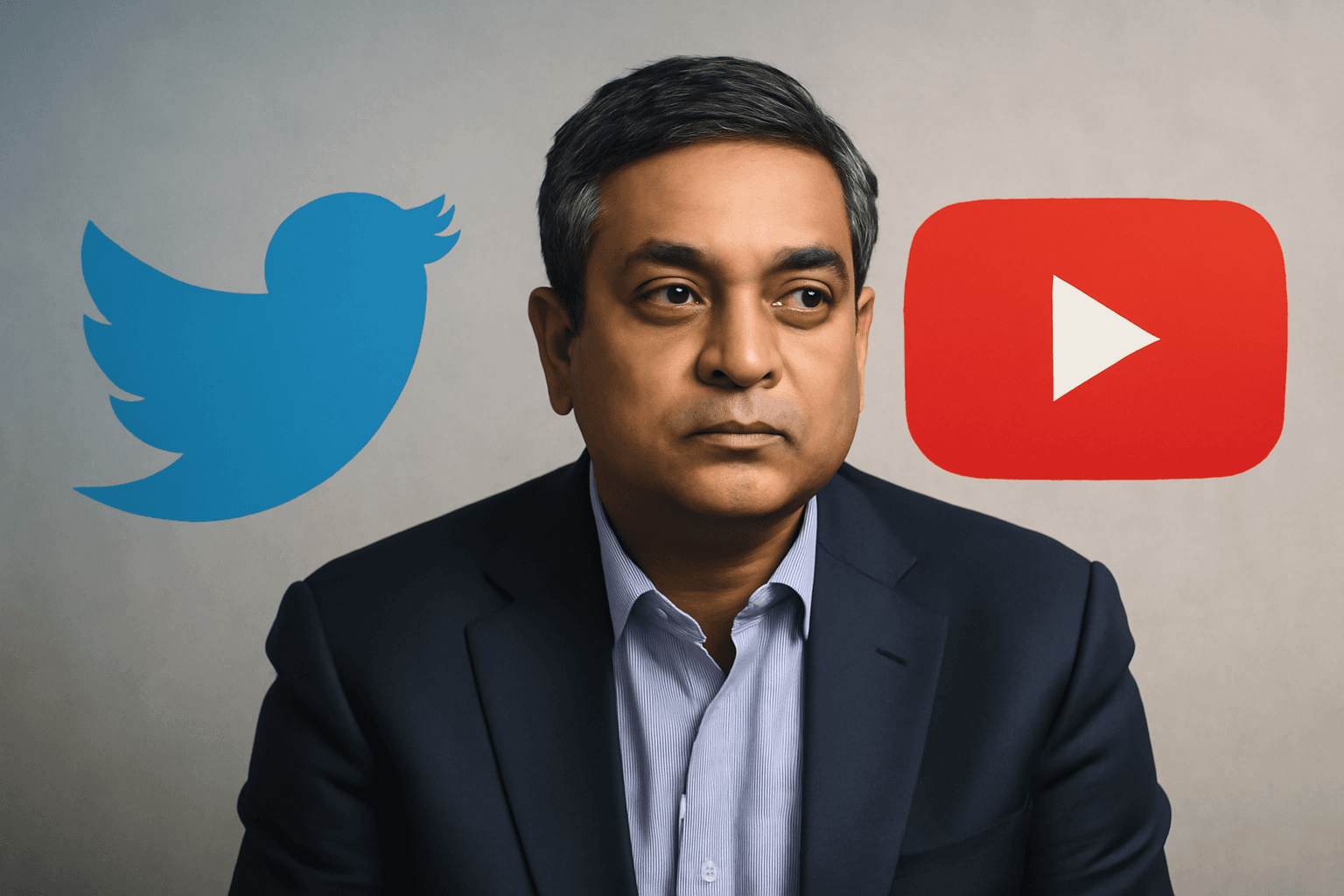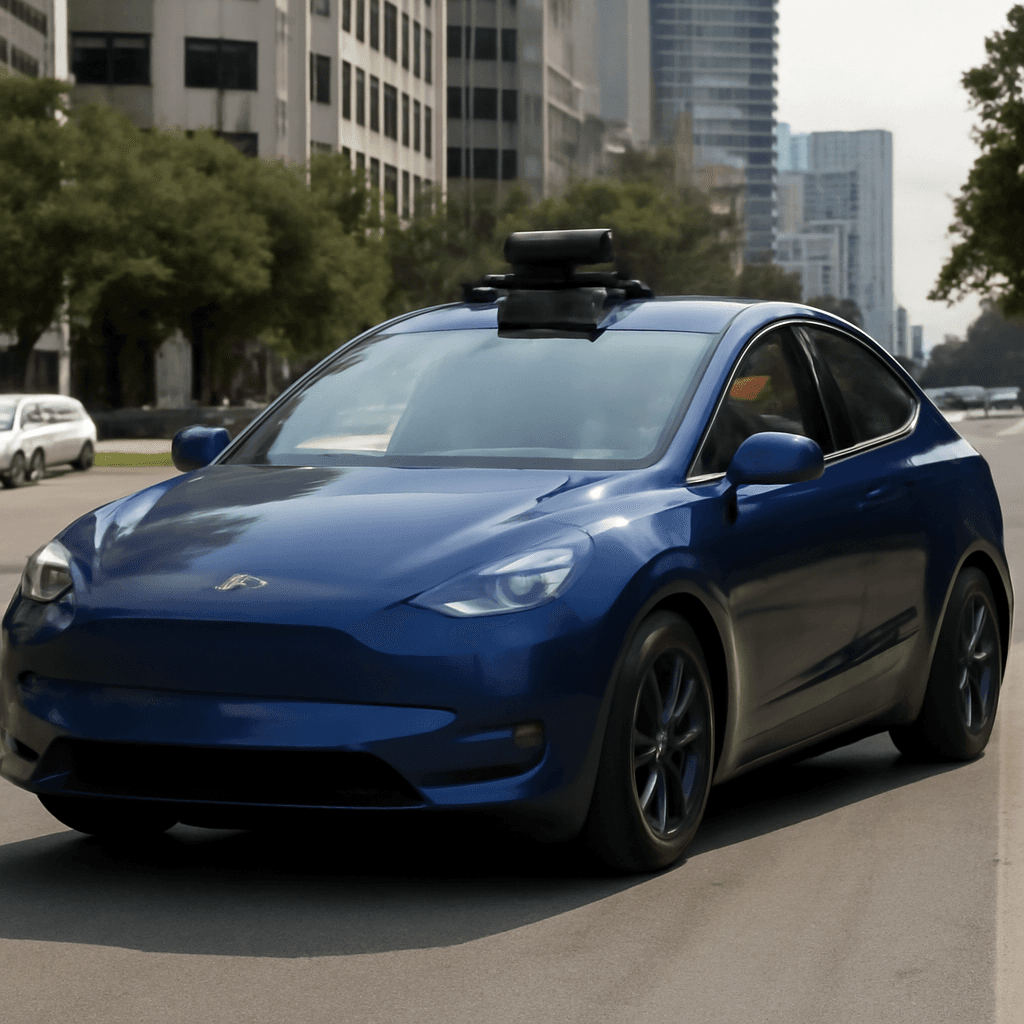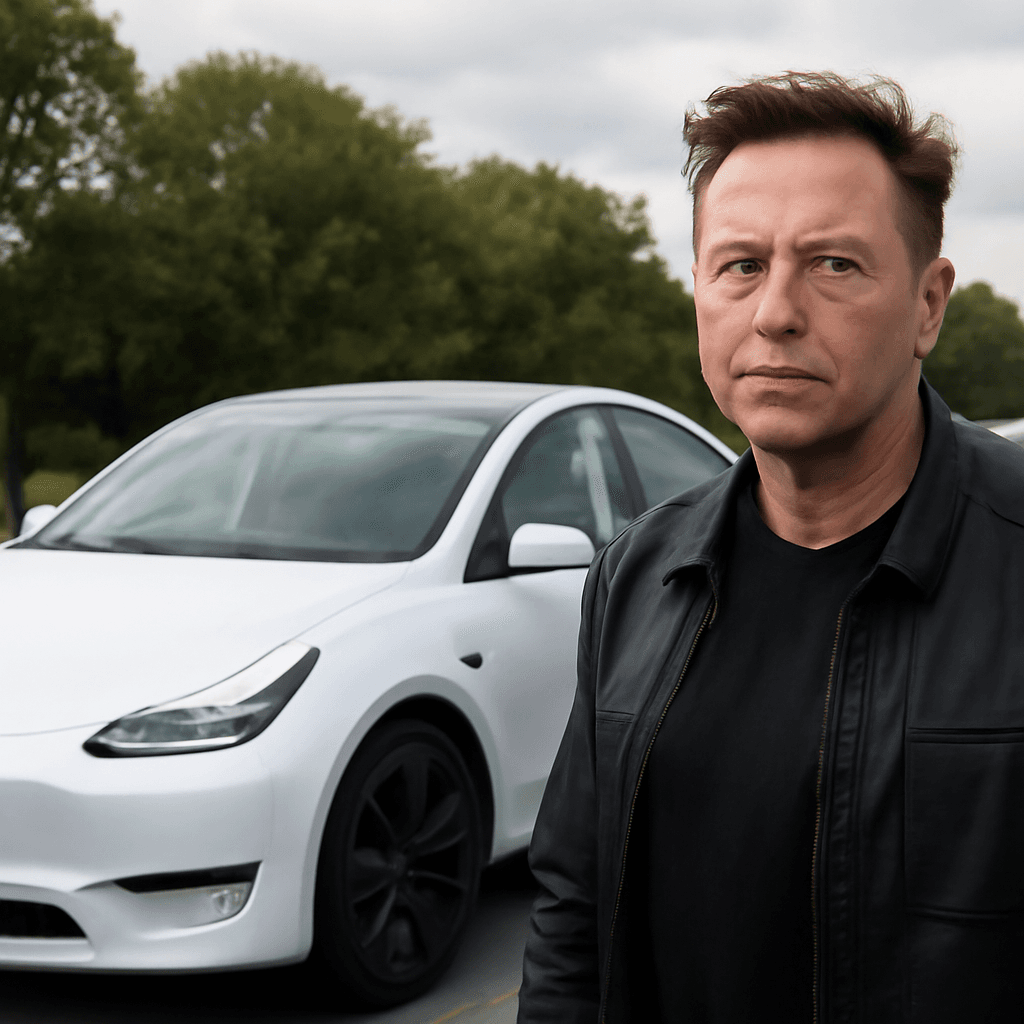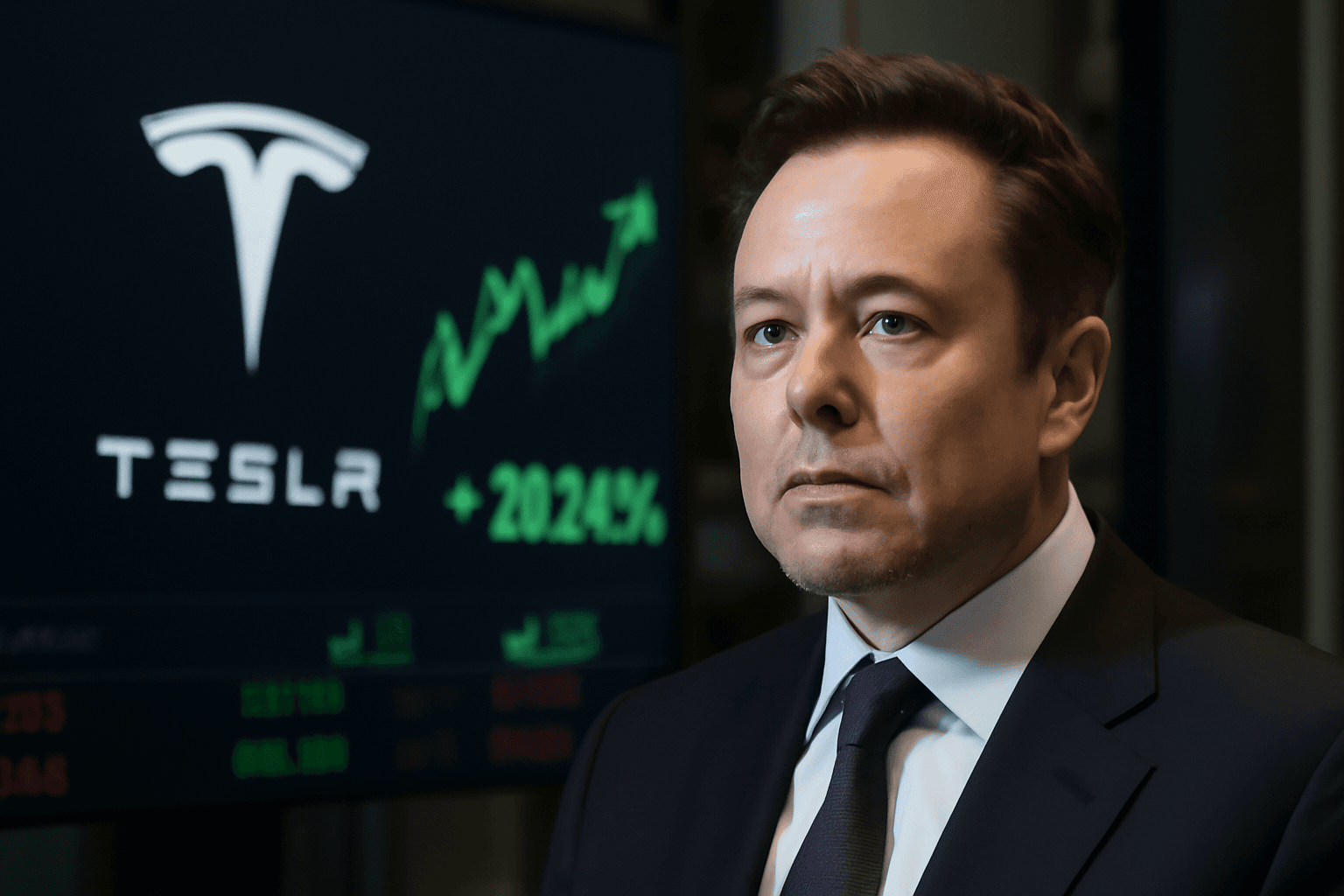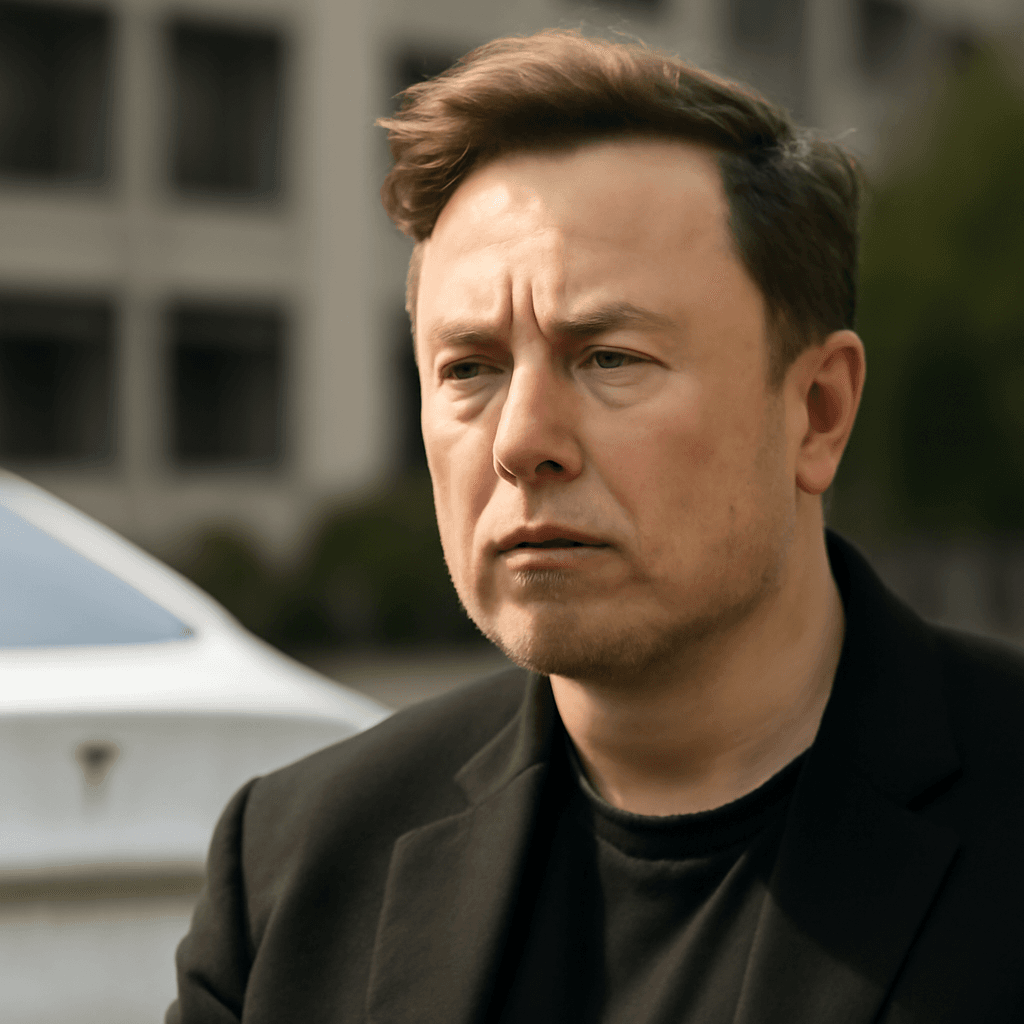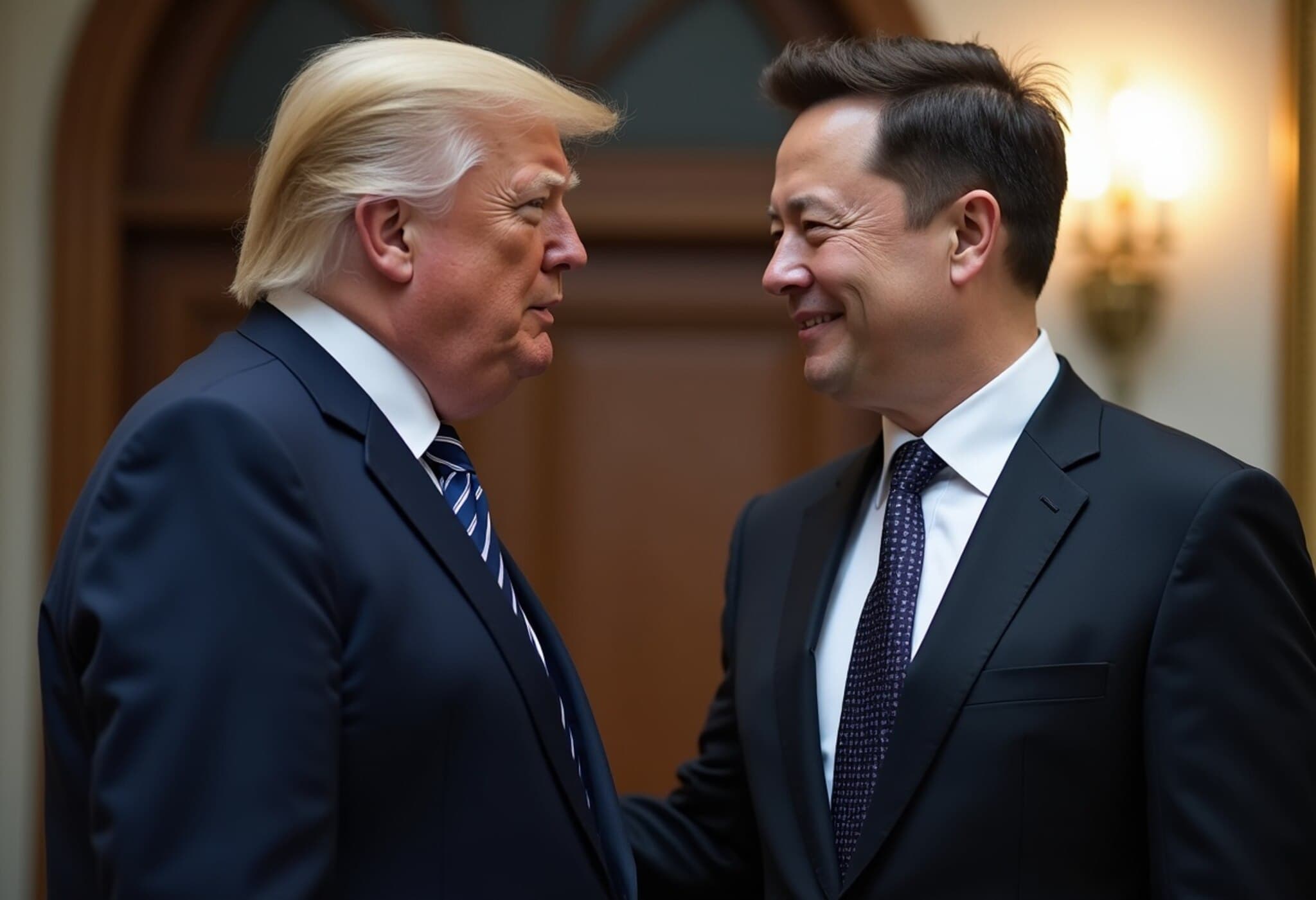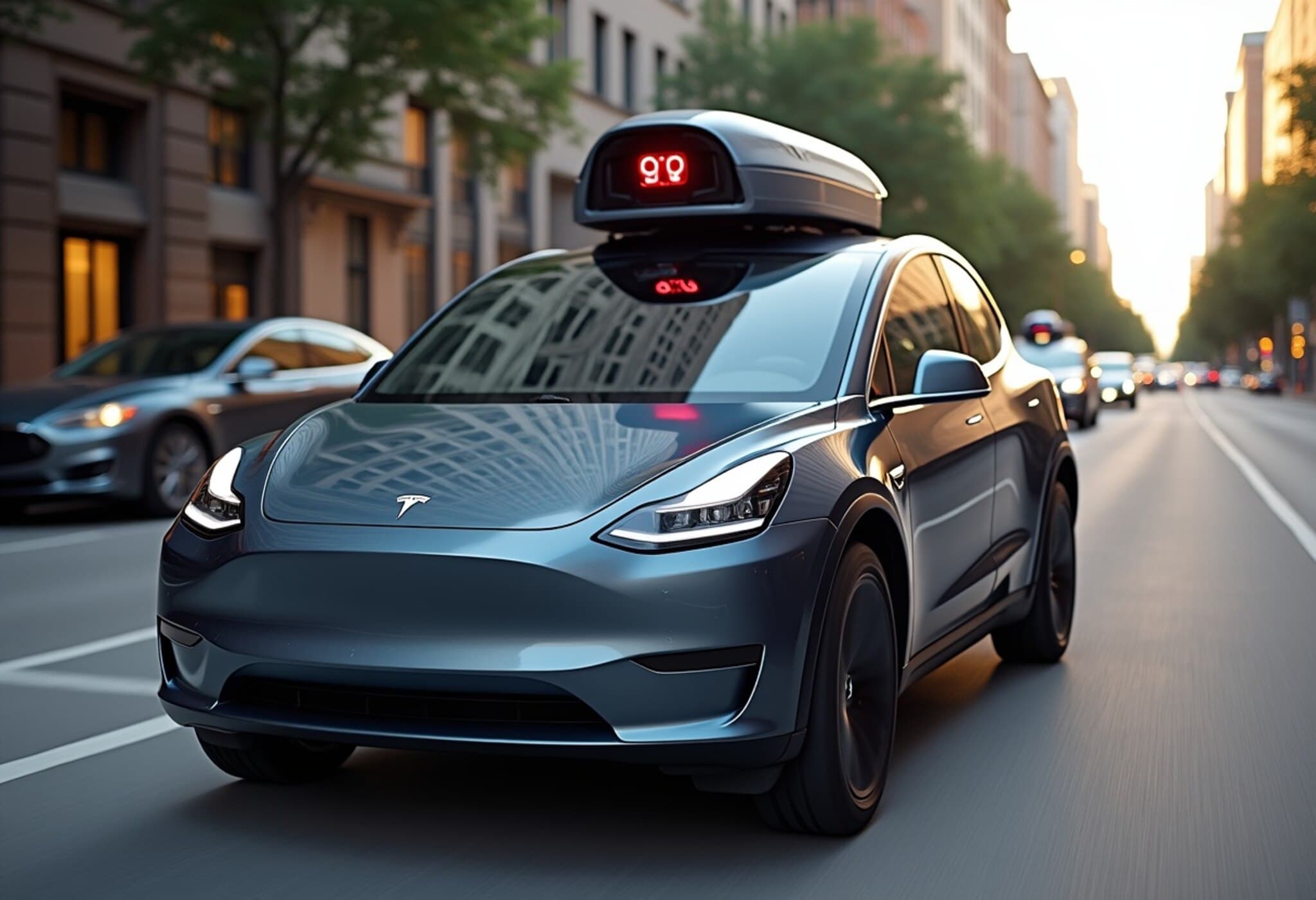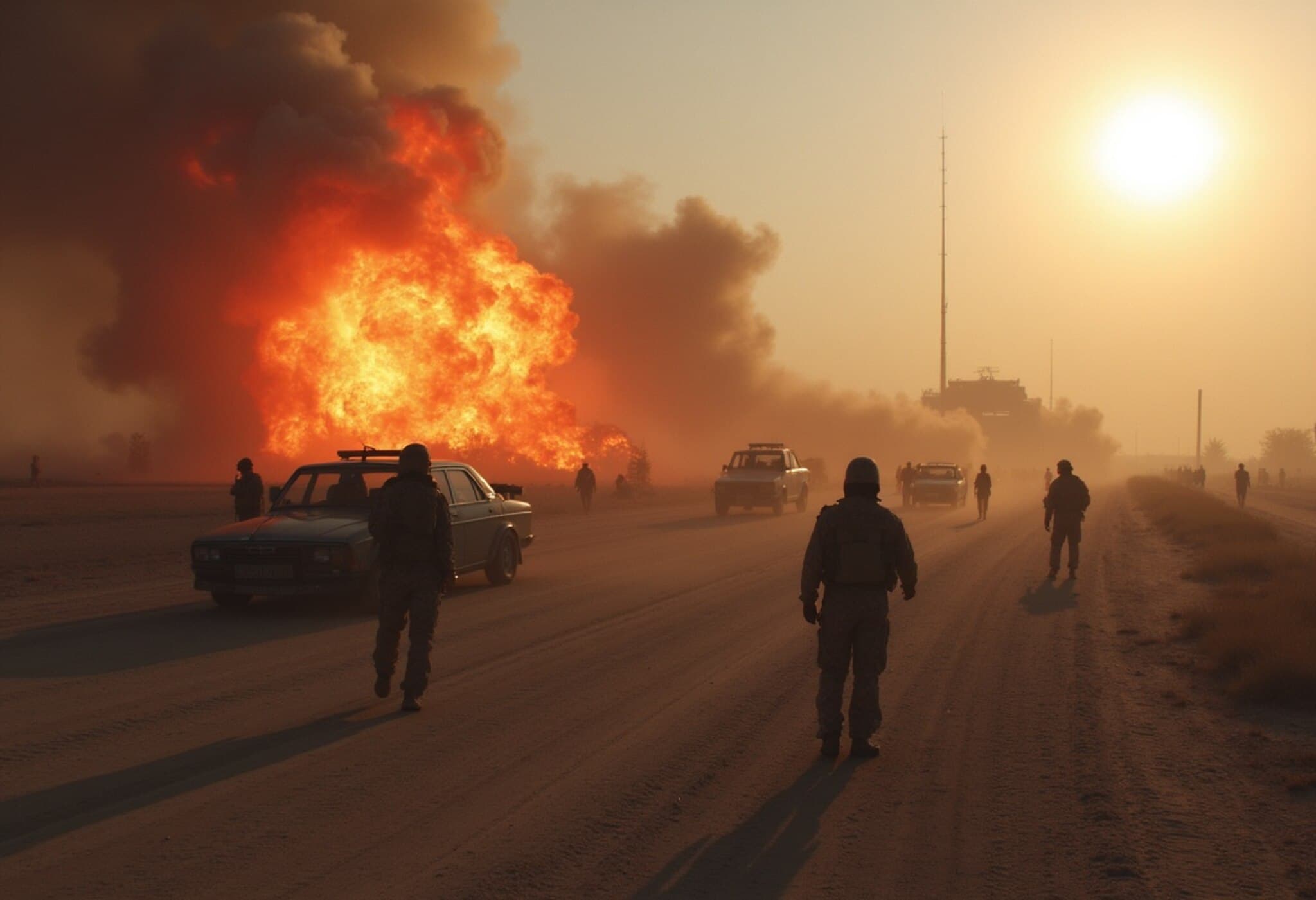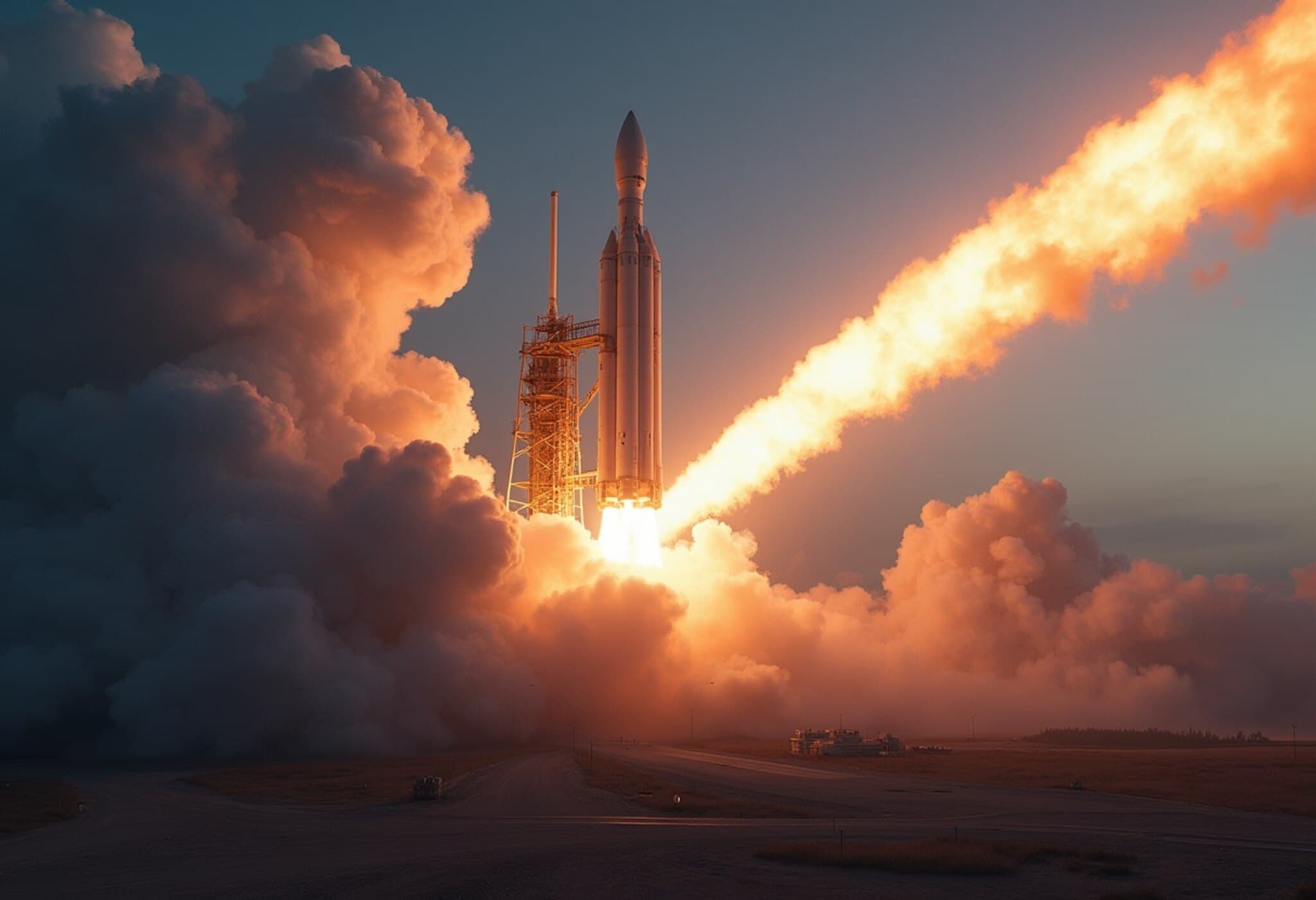Tesla Unveils Autonomous Robotaxis in Austin
This weekend marked a significant milestone for Tesla Inc., as it rolled out its much-anticipated autonomous robotaxi service in Austin, Texas. The launch, available exclusively to a select group of invited testers on Sunday, sparked a notable 10% jump in the electric vehicle maker's stock on Monday.
A Bold Step Toward Driverless Transportation
CEO Elon Musk took to social media platform X to share the news and congratulate Tesla's AI software and chip design teams for their decade-long effort. He highlighted that the customers who participated in the trial were charged a flat fee of $4.20 for their rides — an affordable price for a glimpse at the future of mobility.
One early tester reported taking 11 rides without a single issue, a testament to the service’s reliability in these initial stages. Musk amplified the positive responses by resharing various firsthand accounts from users experiencing the robotaxi firsthand.
Facing Competition From Industry Players
Tesla's move positions it directly against major competitors like Waymo, backed by Alphabet, which already operates autonomous taxi fleets in multiple U.S. cities. The race to dominate the driverless ride-hailing market is heating up, with Tesla aiming to carve out substantial market share through strategic and timely expansion.
Musk’s Ambitious Vision for the Future
Last month, Musk outlined an ambitious target of deploying “hundreds of thousands, if not over a million” self-driving vehicles across the United States by the end of next year. The Austin launch serves as the initial phase, with plans to extend robotaxi services to key metropolitan areas like Los Angeles and San Francisco in the near future.
Challenges and Controversies Ahead
Despite this promising debut, Tesla has encountered skepticism and pushback. In Texas, some local officials and public safety advocates urged caution, calling for a delay in launching due to concerns about safety. Tesla’s Full Self-Driving (FSD) system, which includes features like automated steering and parking, has previously been linked to accidents, as noted by data from the National Highway Traffic Safety Administration.
As Tesla ventures deeper into deploying fully autonomous services, ensuring passenger safety while scaling rapidly will be a crucial balancing act.
Looking Forward
- Tesla’s robotaxis have taken the first steps toward mass deployment with promising performance in Austin.
- Competition from Waymo and other industry giants is intensifying the autonomous vehicle race.
- Public safety and regulatory scrutiny remain significant hurdles as Tesla's FSD technology evolves.
With Tesla’s bold vision and significant technological investments, the coming months will reveal how quickly and safely the company can deliver on its driverless transportation promise.

